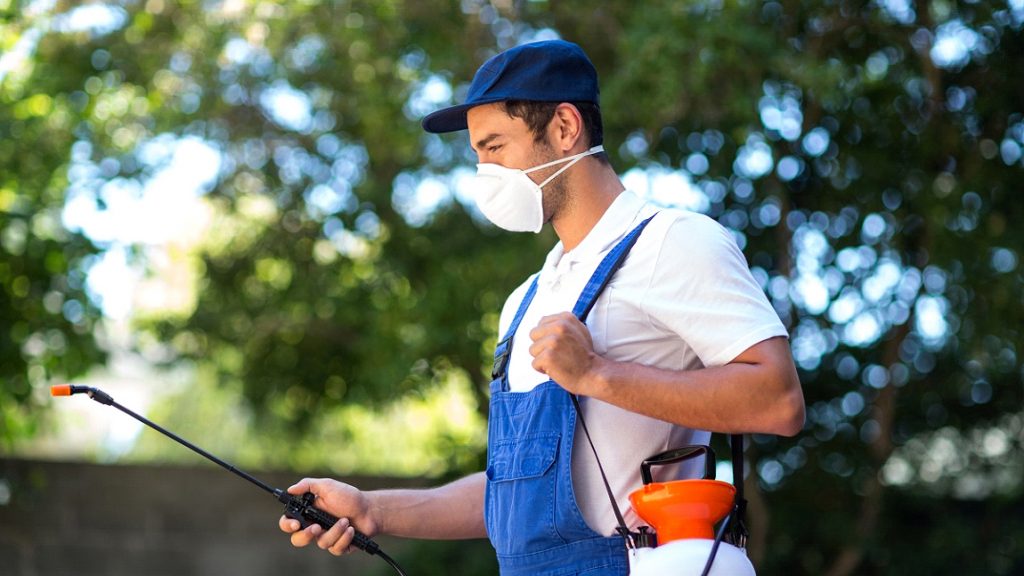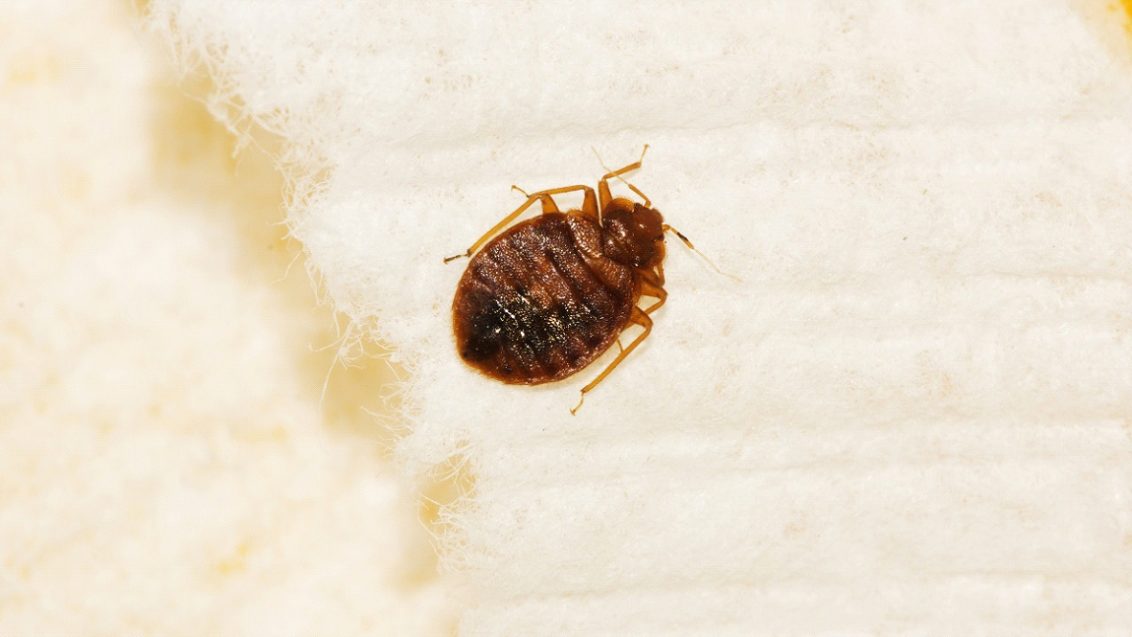Hardscaping is a great way to add details to an establishment’s landscape. But these materials can also cause pests to spread if not appropriately maintained. This type of landscaping is the use of objects on the ground to give character — paths and boulders, for example.
It can be a combination of wood, stone, rocks, or even bricks. Although they’re a great addition to any landscape, these hardscape materials can harbor pests undetected. So, you can understand how hardscaping works, it’s best to explore your options.
Here are a few of the most commonly used material in hardscaping as well as the pests that can come with it.
Wood Hardscaping
One of the most commonly used material to incorporate in hardscaping is wood. It’s often treated with creosote to give it its natural black color. Once the creosote dries out, it leaves the wood prone to fungus, termites, and decomposition.
That’s why the Professional Pest Management Association considers these decomposing woods as the top source for carpenter ants. Aside from ants, it can also harbor other pests such as carpenters’ bees, wasps, and spiders. Like insects, other tiny mammals such as rodents can also find these woods inviting.
Bricks and Stones
Other commonly used materials are bricks and stones. Commercial landscaping services in Lakeland usually add a layer of sand directly over the soil. Then, they set the bricks in place and pour additional sand to fill in the gaps.
But like wood, bricks and stones can be a haven for various forms of insects and pests. Ants can live beneath the bricks as they excavate rooms for their growing colony. As their territory starts to grow even more prominent, the number of mounds also increases.
Fortunately, these ants won’t do any severe damages to your landscape other than having a few ant hills on the ground. The more significant problems come from squirrels and chipmunks. They can easily ruin patios with just a few diggings.
How to Manage Them

Fortunately, these tiny critters aren’t indestructible. There are ways to keep their population under control. For ants, using barriers or even insecticide baits can keep them out of the trees and shrubs. It basically works by attracting worker ants through scent.
As the pesticide infects the worker ants, they will then take the poison back with them to the nets. In a couple of hours, the rest of the ants will get poisoned, including the queen. Thus, ending the life of the entire colony.
Meanwhile, bricks and stones can help prevent the rats from digging in. But for others, the most effective and economical way of treating them is through traps. You can place traps in locations where you often see them.
Doing so will prevent them from producing more offspring, which can affect their number later. A pest infestation can happen anywhere at any time. So, it’s best to be ready if it ever happens.
You can do it by consistently maintaining every part of your landscape. Regularly maintaining your landscape will ensure that all their numbers are in control.



